Silicone rubber is an elastomeric material known for its exceptional properties, playing a key role in industries ranging from medical devices to automotive applications. Understanding the 2 types of silicones and their differences is critical to choosing the right material for your needs.
2 Types of Silicone and Their Differences
There are many types of silicone rubber, each designed for specific uses and functions. The differences between these different types of silicone rubbers depend on their mechanical properties, curing process, and molecular structure, which is what makes silicone rubber so widely adaptable.
Type 1: Liquid Silicone Rubber
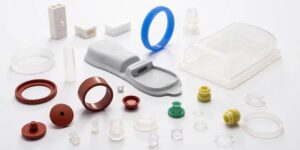
Liquid silicone rubber (LSR) is a high-purity thermoset elastomer with a range of beneficial properties due to its unique molecular structure. This versatile material is characterized by ease of processing via liquid injection molding, making it a first choice for a variety of applications.
Characteristic:
Temperature Resistance: LSR maintains its integrity at extreme temperatures from very low to high temperatures, exhibiting excellent heat resistance and stability.
Mechanical Properties: Due to its long polymer chain and elastomeric nature, it exhibits excellent mechanical properties, including flexibility and elasticity.
Electrical Insulation: With its inherent electrical insulating properties, LSR is well suited for electronic applications requiring dielectric strength.
Chemical Resistance: LSR is resistant to a wide range of chemicals, oils, and water, and its chemical resistance makes it suitable for harsh environments.
Biocompatibility: Often used in medical devices, LSR is biocompatible and therefore safe in applications involving human contact.
Application:
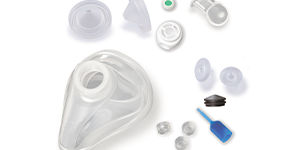
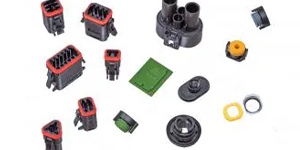
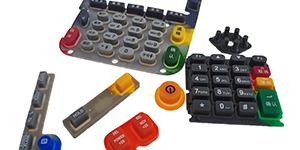
Medical Devices: Due to its biocompatibility and sterilization properties, LSR is used in a wide range of medical applications, from surgical tools to implants.
Auto Parts: Its durability and resistance to temperature fluctuations make it ideal for automotive seals, gaskets and hoses.
Consumer Products: LSR’s flexibility and security are found in consumer products such as silicone rubber watch bands, kitchenware, and waterproof watches.
Electronics: Its excellent electrical insulation properties make it suitable for insulating wires, seals and protective cases.
The role of liquid silicone rubber in modern manufacturing and product design is highlighted by its adaptability and performance over a wide temperature range, its resilience in challenging environments, and its compliance with strict safety and hygiene regulatory standards, especially in medical applications. and food grade applications. This makes LSR a fundamental material for developing durable, safe and high-performance products. We have a medical grade eight clean workshop to ensure that LSR products are of high quality and sterile and dust-free. In addition, the baby care series products we produce reach food grade and have won the trust and renewal orders of customers at home and abroad.
Type 2: High Consistency or Solid Silicone Rubber
High consistency rubber (HCR), commonly known as solid silicone rubber, is a high molecular weight silicone material that not only embodies the sturdiness of traditional organic rubber but also has the advanced properties of silicone. This high-performance elastomer undergoes a high-temperature vulcanization process, making it indispensable in applications exposed to high temperatures and harsh environments.
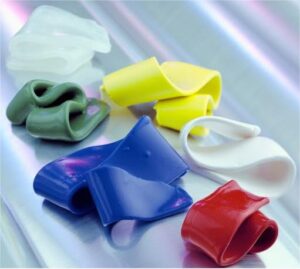
Characteristic:
Heat Resistance: Due to its high temperature vulcanization, HCR has excellent heat resistance, allowing it to maintain its integrity in extreme temperatures.
Mechanical Durability: The physical and mechanical properties of HCR are characterized by their long polymer chains and high molecular weight, which provide excellent tensile strength and service life.
Chemical Stability: Solid silicone rubber is inherently chemically and weather-resistant thanks to a pure silicone rubber matrix containing methyl and vinyl groups, as well as silicone oils and greases, enhancing its usefulness in harsh conditions.
Versatility and Adaptability: HCR’s versatility is reflected in its ability to be blended with a variety of additives, such as more silicone oils and greases, to tailor its properties to specific applications, from increased elasticity to enhanced chemical resistance.
Application:
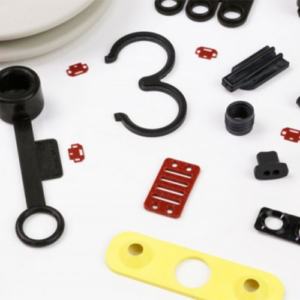
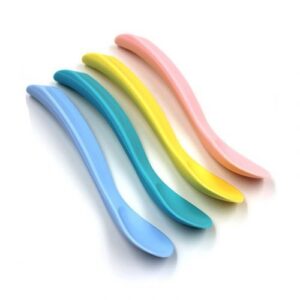
Seals and Gasket Solutions: In the automotive and aerospace sectors, HCR’s high temperature resistance and mechanical strength make it ideal for gaskets, seals and hoses.
Consumer Products: The safety, durability and heat resistance of solid silicone rubber are leveraged in consumer products such as kitchenware and silicone bracelets, ensuring functionality and consumer safety.
Medical Devices: HCR’s biocompatibility and sterilization compatibility make it the material of choice for medical applications, including tubing and various silicone rubber products used in healthcare environments.
Solid silicone rubber makes a significant contribution to industries that require materials that can withstand high temperatures and harsh conditions. HCR’s combination of high-temperature vulcanization properties, mechanical durability, and chemical stability make it the material of choice for a variety of applications.
The ability to reuse silicone rubber products and the recyclability of silicone rubber highlight HCR’s alignment with environmental sustainability efforts. Additionally, the addition of silicone oils and greases to HCR formulations enhances its properties, making it a versatile and indispensable material for manufacturing durable, high-quality silicone rubber products.
Choose the Right Silicone
Choosing the right silicone for your project requires understanding the specific needs of your application and the properties of different silicone polymers. Consider factors such as temperature exposure, chemical resistance, and mechanical requirements.
For example, if you need a durable, weather-resistant seal, a silicone sealant with a platinum catalyst may be ideal.
For applications requiring high flexibility and stretchability, such as medical devices, heat-cured elastomers with long methyl groups (typical of natural rubber) may be more suitable.
Consulting with silicone polymer experts can provide valuable insight, especially when considering the complexity of silicone materials from their uncured form to the final rubber-like material.
Considering the chemical elemental composition of silicone and its behavior as a raw material, an expert can guide you in determining whether a platinum-catalyzed cure system or a peroxide cure system is best for your application. Remember, the correct silicone selection depends on its compatibility with the organic groups involved in your project to ensure optimal performance and durability.
In Conclusion
Exploring silicones for industrial and commercial applications is critical to ensuring product quality, durability and functionality. Whether choosing between silicone sealants for construction, heat-cured elastomers for automotive parts, or silicone polymers for medical devices, understanding the unique properties and applications of each silicone type is key. Remember, the right silicone, whether an organic rubber variant or a specialty polymer, can significantly impact a product’s performance and longevity.
Discover the perfect solution for your business with YJCPolymer
Are you ready to leverage the diverse applications and benefits of silicones for your upcoming job? Consult with YJCPOLYMER to understand the complexities of silicone selection and ensure your products meet the highest quality and performance standards.